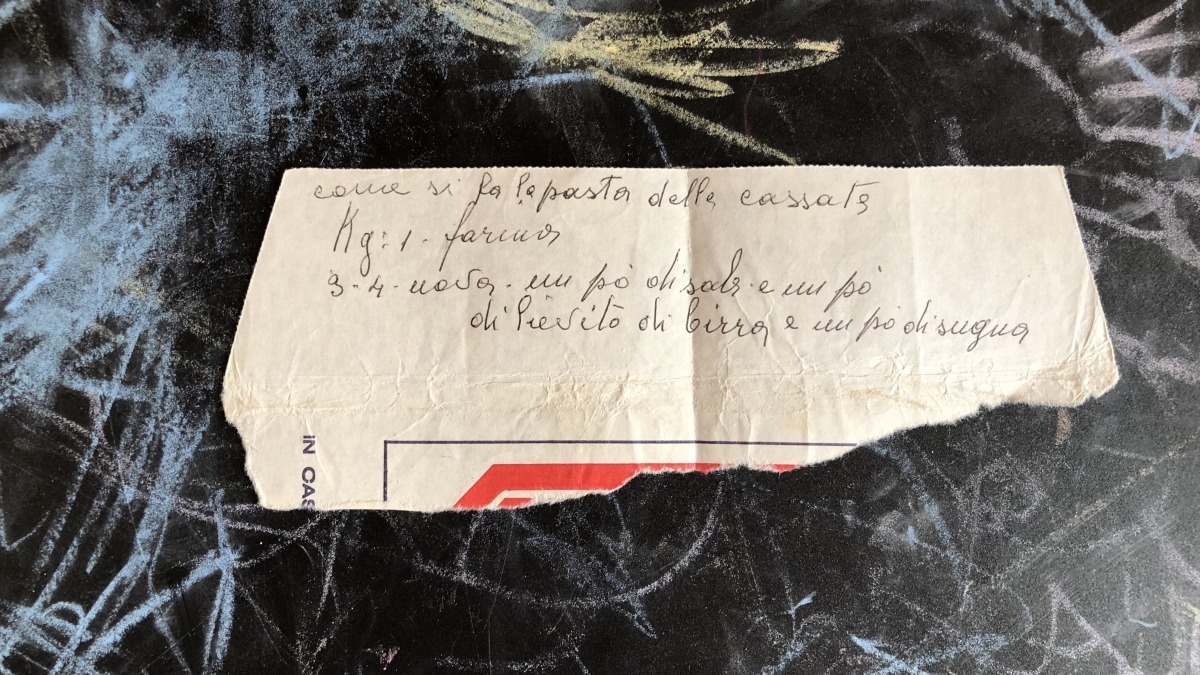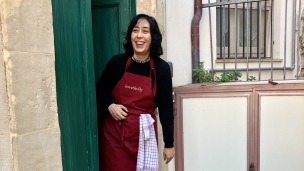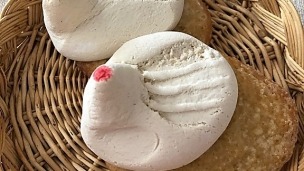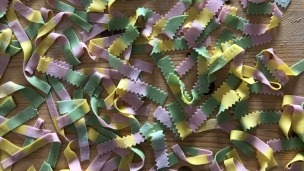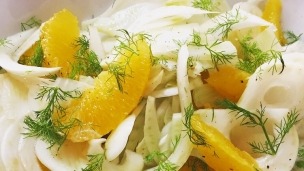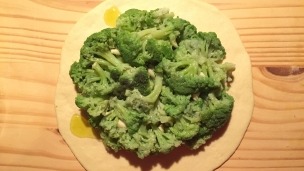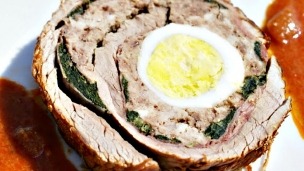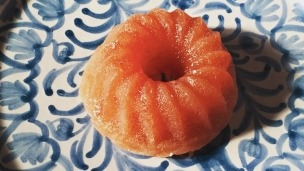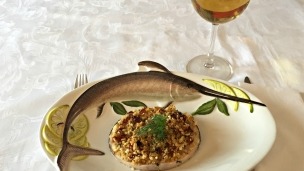Easter Sicilian Recipes: Cassate Siciliane
There are so many different Easter recipes in Sicilian cuisine: pastieri, lamb mpanate, Cudduredde, also know as 'Pupi cu l’ova’ or ‘Palummeddi’, a sweet smal lamb made of marzipan and pistachio, the cassata and the cassatelle, or cassatine, which I am presenting here.
The name itself - cassata - can be traced back to the Arab word quasa'at, which means 'bowl' or the shape of cacio cheese with reference to its round drum-like shape. It makes perfect sense considering that the 'cassateddi' are a sort of bread container filled with ricotta cheese.
But what is the difference between a Cassata and the Cassatelle?
These two Sicilian desserts linked to Easter, share a similar name and the main ingredient, ‘ricotta cheese’ , but are very different and can offer the perfect example of the dichotomy of Sicilian cuisine where, on the one hand, you have elaborated dishes enjoyed in aristocratic homes, where the chefs (or monsù as they were known in Sicily - a distortion of the French monsieur) tried to outdo each other, and on the other hand, simple peasant cooking, where people tried to make the best of basic ingredients. The famous Cassata Siciliana is a rich, colourful dessert made with a pan di Spagna (a sponge cake) and sweet ricotta cheese with chocolate chips, then covered with marzipan, a sugar glaze and candied fruit. Its simpler friend, 'the cassatella', or cassatina di Pasqua, is a simple bread-like case made with semolina flour and filled with sweet ricotta flavoured with lemon zest.
The key to a successful cassata is top quality ricotta, while the challenge for the person preparing it is managing to construct the casings - a fun experience that can be enjoyed by everyone in the family.
In my grandmother’s notes, as you can see in the pictures above, you find just the ingredients, I have added the process and halved the quantities as I am assuming you will not be making them as she used to cook for the extended family, plus friends and neighbours, nuns and monks as she used to.
Ingredients
Pastry
500g hard wheat flour
2 eggs
50g sugar
1 pinch of salt
40g lard or olive oil
5g brewers yeast
Water at room temperature
Ricotta Filling
500g of ricotta
175g of sugar
Lemon zest of 1 lemon
Cinnamon powder
How to make:
Sift the flour and make a well in the centre, dissolve the yeast in half a glass of lukewarm water and place in the middle of the flour with the lard or olive oil (olive oil gives a slightly crunchier end result while lard gives a softer dough), two bitten eggs and mix well together.
Depending on the humidity in the room, it might be necessary to add a little water until you get a nice, consistent and slightly bouncy feeling to the dough. Allow the dough to rest for about 30-45 minutes.
While the dough is resting mix the ricotta with the sugar and lemon zest. You need to amalgamate all three quite well, especially the sugar and ricotta. However, if you get a slightly grainy texture that is ok.
The next step is to create the casings for the cassata. First, roll out the dough to about 1 - 1/2 cm thickness. Cut out the base of the cassata using a small dish, with a diameter of about 13/14 cm or smaller, then pinch the edges of the dough to form a star-shaped shell. Once you have the casings ready you are done!
Fill the casings with the ricotta mix and place it in a pre-heated oven for 10-15 minutes at 200C°. To serve sprinkle with cinnamon.

